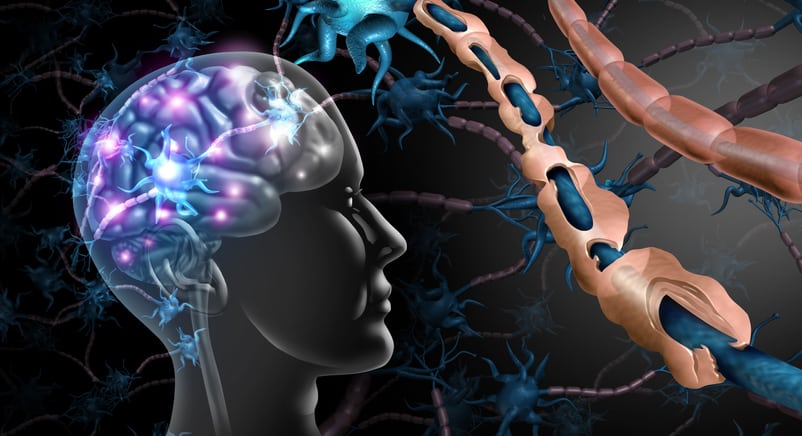Despite plenty of effective antidepressant (AD) treatments, the outcome of major depressive disorder (MDD) is often unsatisfactory, probably due to improvable exploitation of available therapies. This European, cross-sectional, naturalistic multicenter study investigated the frequency of additional psychotherapy in terms of a manual-driven psychotherapy (MDP) in 1410 adult in- and outpatients with MDD, who were primarily treated with AD psychopharmacotherapy. Socio-demographic and clinical patterns were compared between patients receiving both treatments and those lacking concomitant MDP. In a total of 1279 MDD patients (90.7%) with known status of additional MDP, those undergoing a psychopharmacotherapy-MDP combination (31.2%) were younger, higher educated, more often employed and less severely ill with lower odds for suicidality as compared to patients receiving exclusively psychopharmacotherapy (68.8%). They experienced an earlier mean age of MDD onset, melancholic features, comorbid asthma and migraine and received lower daily doses of their first-line ADs. While agomelatine was more often established in these patients, MDD patients without MDP received selective serotonin reuptake inhibitors more frequently. These two patient groups did not differ in terms of response, non-response and treatment resistant depression (TRD). Accordingly, the employment of additional MDP could not be related to better treatment outcomes in MDD. The fact that MDP was applied in a minority of patients with rather beneficial socio-demographic and clinical characteristics might reflect inferior accessibility of these psychotherapeutic techniques for socially and economically disadvantaged populations.Copyright © 2021 The Authors. Published by Elsevier Ltd.. All rights reserved.
Combining psychopharmacotherapy and psychotherapy is not associated with better treatment outcome in major depressive disorder – evidence from the European Group for the Study of Resistant Depression.


